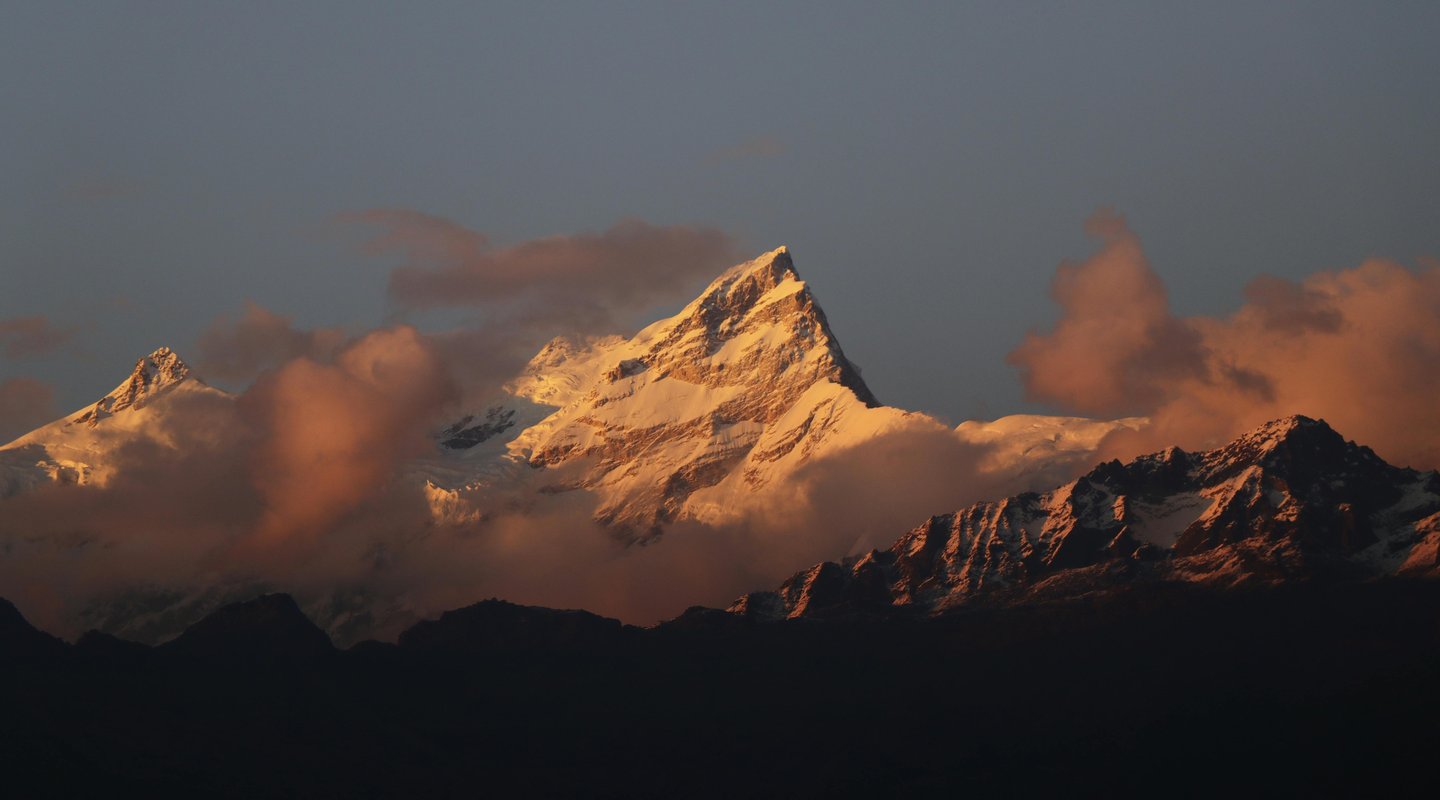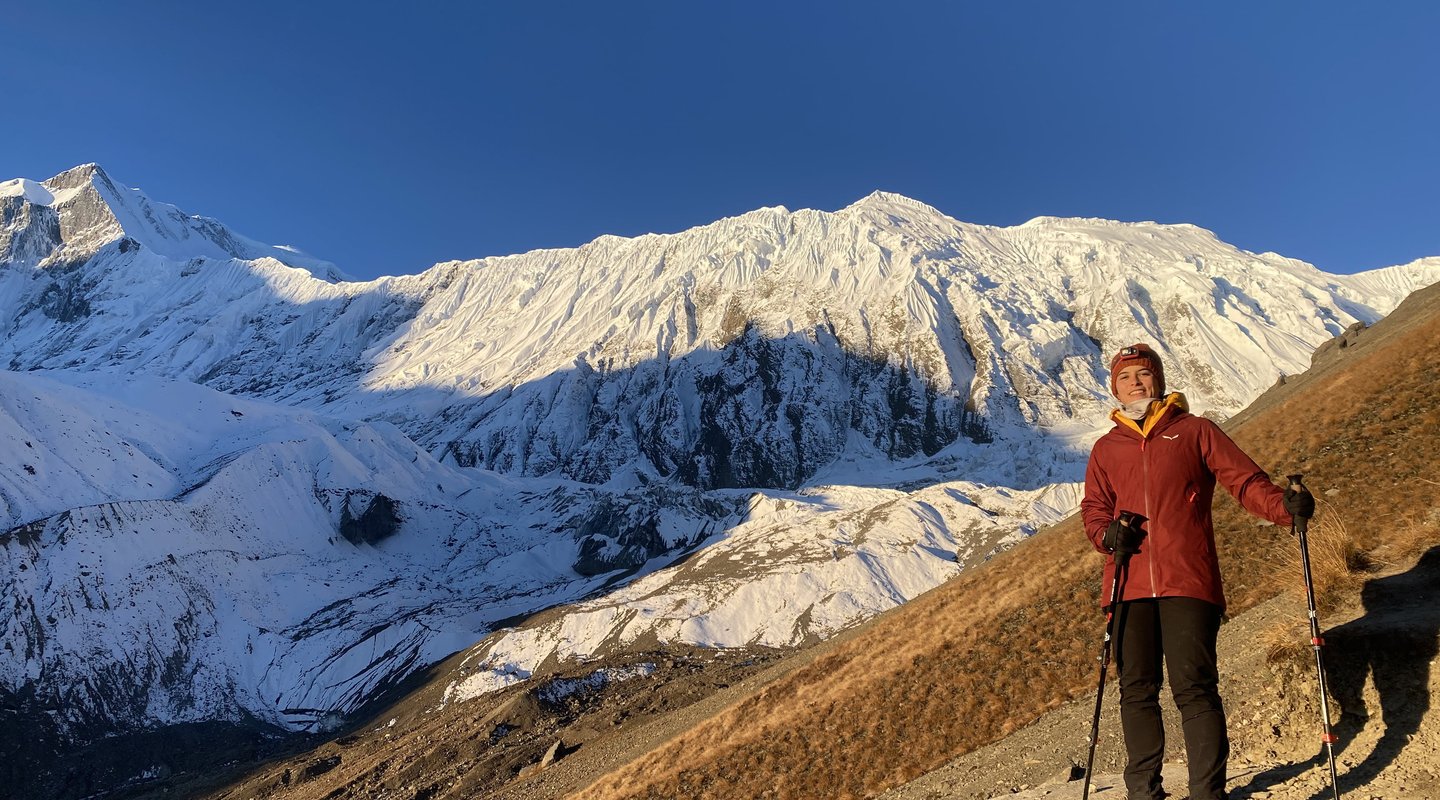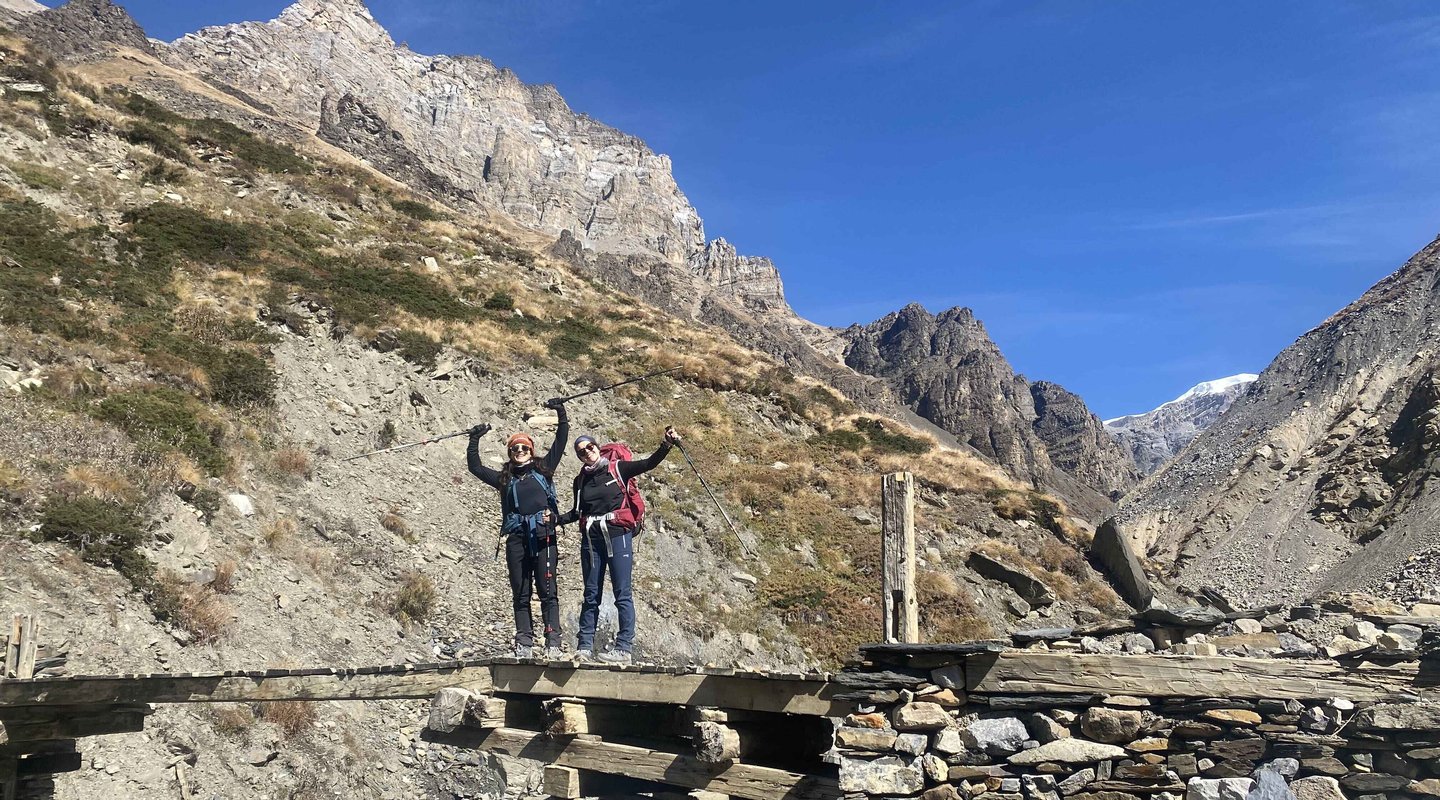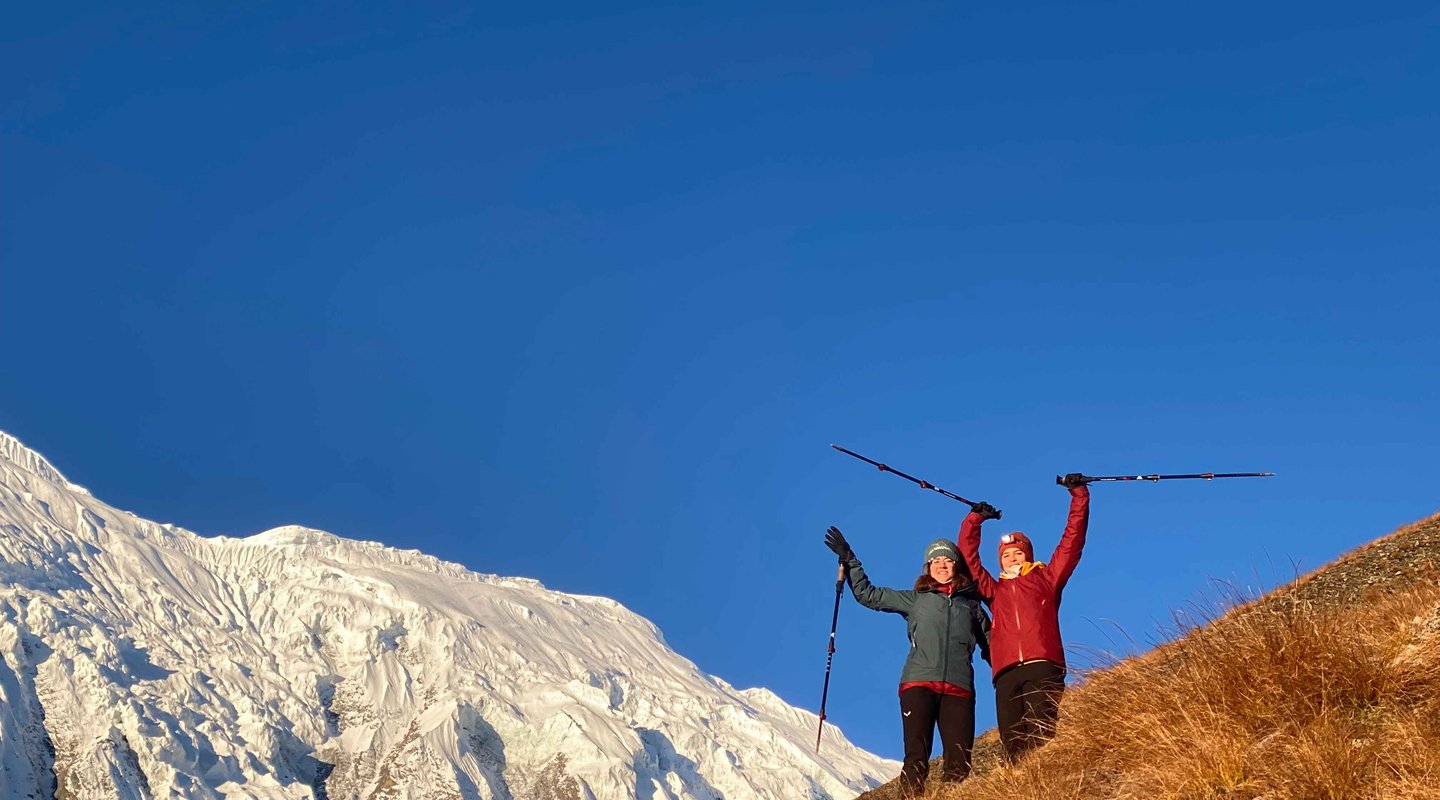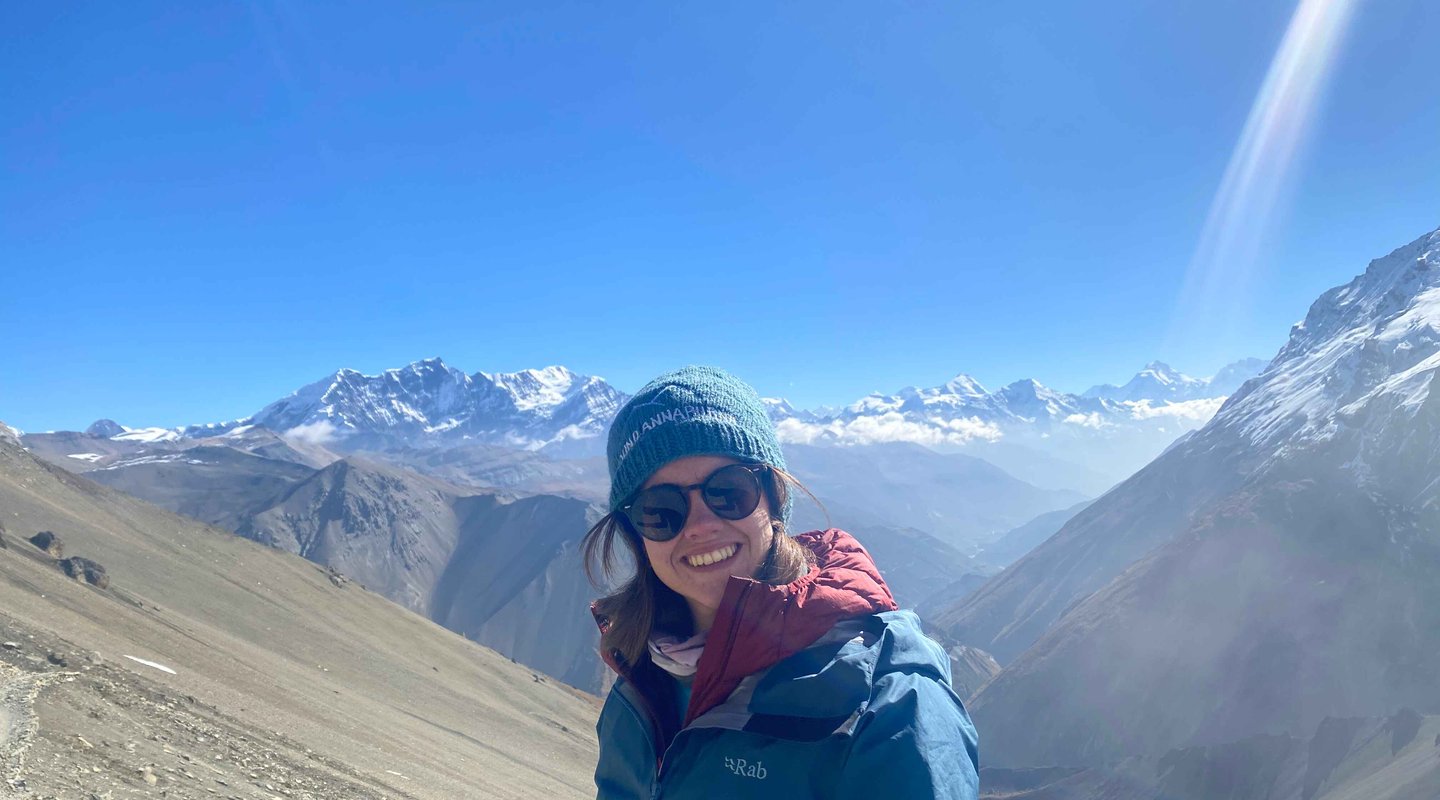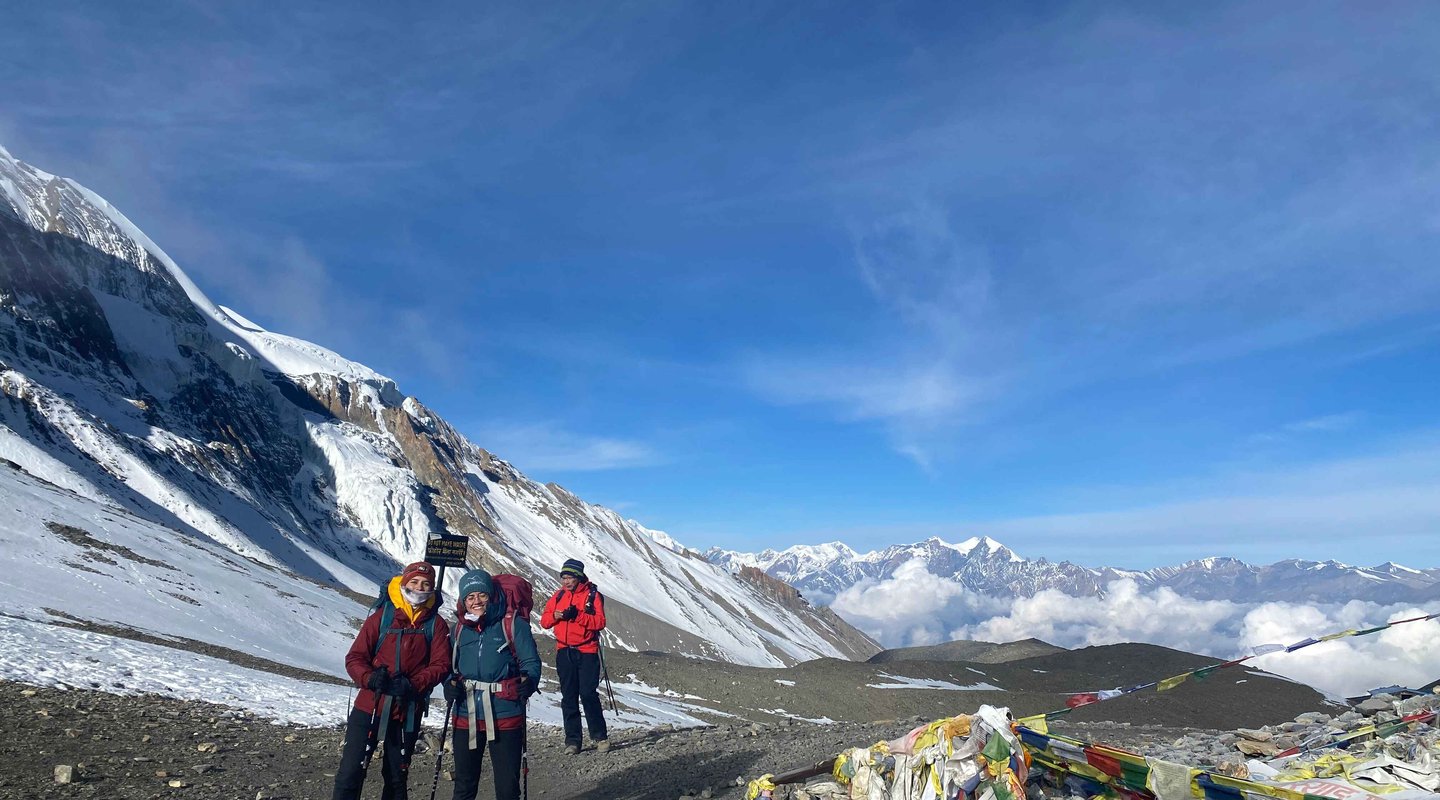Introduction
The call of the Himalayas is irresistible—but before you lace up your boots for the Everest Base Camp trek, preparation is key. Whether you’re a beginner or a seasoned trekker looking to sharpen your fitness, understanding “How to train for the Everest Base Camp trek?” is essential for a safe and enjoyable journey. In this guide, we’ll break down an effective training plan with exercise routines, cardio and strength workouts, and tips for building endurance specifically for high‑altitude trekking. Let’s get started!
Understanding the Challenge
At altitudes that push your body to adapt to thin air, training becomes your safety net. Before planning your regimen, ask yourself: How to train for the Everest Base Camp trek? The answer begins with recognizing the challenges:
- High Altitude: The trek gradually climbs to over 5,300 meters. Your body needs time to adapt to the reduced oxygen levels.
- Long-Distance Walking: Expect to walk 6–8 hours daily on rugged, uneven terrain.
- Variable Weather: You will face extreme cold, wind, and sudden weather changes.
Step 1: Set Your Goals and Assess Your Fitness Level
Before diving into your training program, evaluate your current fitness level. A self-assessment or consultation with a fitness expert can help you identify areas for improvement. Ask yourself:
- Can I comfortably walk for 45–60 minutes without fatigue?
- How is my endurance when climbing hills or stairs?
- Do I have any pre-existing conditions that need special attention?
Step 2: Develop a Balanced Training Plan
Your training plan should incorporate a mix of cardio, strength, flexibility, and recovery sessions. Here’s how to structure your weekly routine:
Cardio Workouts
Cardiovascular training is critical for building the endurance needed to tackle long days on the trail. Here are some effective cardio exercises:
- Running or Jogging: Start with a 20- to 30-minute run at a comfortable pace. Gradually increase your distance by 10% each week.
- Cycling: Whether on a stationary bike or outdoors, cycling is excellent for building leg strength and endurance.
- Brisk Walking and Hiking: If possible, incorporate outdoor hikes on varied terrain. Begin with flat routes and gradually add inclines to simulate mountain trails.
- Stair Climbing: Use stairs or a stair machine to mimic the uphill climbs you’ll encounter. Aim for a 10- to 15-minute session, increasing intensity over time.
Strength and Resistance Training
Building muscular strength, especially in your legs, core, and upper body, is essential for stability and support during the trek.
- Leg Workouts:
- Squats: 3 sets of 15 repetitions to strengthen your quadriceps, hamstrings, and glutes.
- Lunges: 3 sets of 12 repetitions on each leg to improve balance and leg endurance.
- Step-Ups: Use a sturdy bench or step, 3 sets of 15 repetitions per leg, simulating climbing motion.
- Core Training:
- Planks: Hold for 30–60 seconds, repeat 3 times. A strong core helps maintain posture on uneven terrain.
- Russian Twists: 3 sets of 20 twists to enhance rotational strength.
- Upper Body Workouts:
- Push-Ups: 3 sets of 12–15 repetitions to build arm and chest strength, which can help with carrying a backpack.
- Resistance Band Exercises: Include rows and shoulder presses to maintain balance and upper body support.
Flexibility and Mobility
- Dynamic Stretching: Warm up before workouts with leg swings, arm circles, and hip rotations.
- Yoga: Incorporate a 20- to 30-minute yoga session two to three times per week to improve balance, flexibility, and mental focus.
- Cool Down Stretches: After each session, spend 5–10 minutes stretching your major muscle groups, especially your calves, hamstrings, and quadriceps.
Step 3: Build Endurance for Long-Distance Trekking
- Progressive Overload: Gradually increase your walking distance and elevation gain. For example, start with 5 km hikes and add an extra kilometer each week.
- Hiking with a Weighted Backpack: Simulate trek conditions by adding weight to your backpack (start with 10% of your body weight and increase gradually). This not only strengthens your muscles but also helps your body adjust to carrying gear.
- Interval Training: Alternate between high-intensity bursts (like sprinting for 1 minute) and recovery periods (walking for 2 minutes) to improve cardiovascular capacity.
- Long Walks or Hikes: Reserve one day per week for a long-distance hike. Aim for a hike that takes at least 2–3 hours at a steady pace, gradually increasing the duration to mirror a full trekking day.
Step 4: Incorporate High-Altitude Simulation (if possible)
- Altitude Training Masks: These devices restrict airflow, mimicking high-altitude conditions. Use them during moderate-intensity workouts to enhance your respiratory muscles.
- Treadmill Incline Sessions: Set your treadmill to a high incline to simulate steep climbs, focusing on controlled, sustained efforts.
Step 5: Nutrition, Hydration, and Recovery
- Balanced Diet: Consume a mix of carbohydrates, proteins, and healthy fats to fuel your workouts. Carbohydrates are especially critical for endurance activities.
- Hydration: Stay hydrated before, during, and after workouts. High-altitude trekking increases water loss, so get into the habit of drinking water regularly throughout the day.
- Rest and Recovery: Allow for at least one or two rest days per week to let your body recuperate. Incorporate sleep routines and consider light activities like walking or gentle yoga on recovery days.
Step 6: Mental Preparation and Visualization
- Visualization Techniques: Spend a few minutes daily visualizing yourself successfully completing the trek. Imagine the sights, sounds, and feelings of reaching Everest Base Camp.
- Mindfulness Meditation: Practice meditation to enhance focus and reduce stress. Even 10 minutes a day can make a difference.
- Positive Affirmations: Reinforce your training by telling yourself, “I am strong, I am capable, and I can conquer this challenge.” Such affirmations can boost your morale during challenging moments on the trail.
Exercise Routine Sample: A 4-Week Plan
Week 1: Foundation Building
- Monday: 30-minute brisk walk; 3 sets of bodyweight squats (15 reps); 3 sets of planks (30 sec each)
- Tuesday: 20-minute jog; dynamic stretching; 10 minutes of stair climbing
- Wednesday: Rest or gentle yoga
- Thursday: 30-minute brisk walk with a 5% backpack load; 3 sets of lunges (12 reps each leg)
- Friday: 20-minute cycling; core exercises (3 sets of 20 Russian twists)
- Saturday: 45-minute hike on moderate terrain; cool down with stretching
- Sunday: Rest and recovery; light stretching or a gentle walk
Week 2: Increasing Intensity
- Monday: 40-minute brisk walk or jog; 3 sets of step-ups (15 reps per leg)
- Tuesday: 30-minute cycling with intervals (1 min high intensity, 2 min moderate)
- Wednesday: Yoga session (30 minutes focusing on flexibility and balance)
- Thursday: 40-minute hike with a 7-10% weighted backpack; 3 sets of push-ups (15 reps)
- Friday: Rest or light stretching
- Saturday: 60-minute long hike on varied terrain; include steep climbs if possible
- Sunday: Active recovery (light yoga or walking)
Week 3: Endurance Focus
- Monday: 45-minute run or brisk walk; 3 sets of squats (20 reps)
- Tuesday: 35-minute cycling; 10 minutes of stair climbing
- Wednesday: Rest or gentle yoga; focus on hydration and nutrition
- Thursday: 50-minute weighted hike (increase backpack load by 5% from previous weeks)
- Friday: Core and upper body workout (planks, push-ups, resistance band exercises)
- Saturday: 75-minute long hike with intermittent jogging on flat sections; cool down properly
- Sunday: Active recovery; short walk or stretching session
Week 4: Peak Preparation
- Monday: 50-minute run; 3 sets of lunges (15 reps each leg)
- Tuesday: High-intensity interval training (HIIT) on cycling (1 min sprint, 2 min recovery for 30 minutes)
- Wednesday: Yoga session (30 minutes) and meditation
- Thursday: 60-minute weighted hike on challenging terrain; simulate altitude by increasing incline if possible
- Friday: Rest and focus on nutrition, hydration, and sleep
- Saturday: 90-minute long hike simulating full trekking day conditions (include elevation gain)
- Sunday: Active recovery; gentle yoga and stretching
FAQs: How to Train for the Everest Base Camp Trek?
Q1: How many days per week should I train?
A: Aim for 4–5 training sessions per week, balancing cardio, strength, and endurance workouts. Include 1–2 rest or active recovery days to allow your body to recover.
Q2: Do I need special equipment for altitude simulation?
A: Altitude training masks can be beneficial, but they aren’t essential. Focus on outdoor hikes and treadmill incline sessions to simulate the physical demands of high-altitude trekking.
Q3: How important is diet in my training?
A: Very important! A balanced diet rich in complex carbohydrates, proteins, and healthy fats will provide the energy needed for intense workouts and long treks. Stay hydrated, as dehydration can affect performance and recovery.
Q4: When should I start training?
A: It’s best to begin training at least 2–3 months before your trek. This allows gradual improvement and proper adaptation to the physical demands of the journey.
Q5: What should I do if I experience early signs of altitude sickness during my training hikes?
A: If you experience symptoms like dizziness or headaches, slow down and allow extra time for rest and acclimatization. Listen to your body—training should challenge you, not push you to the point of injury or illness.
Conclusion
Training for the Everest Base Camp trek is as much about preparing your mind as it is about building physical strength. By following this step-by-step guide on “How to train for the Everest Base Camp trek?”, you’ll be setting a strong foundation with tailored cardio, strength workouts, and endurance training. Remember, consistency is key—gradually build your stamina, listen to your body, and never compromise on recovery and proper nutrition.
Are you ready to transform your fitness and conquer the challenges of the Everest Base Camp trek? Join Himalayan Hero Adventure today and gain access to expert advice, personalized training tips, and a community that supports you every step of your journey. Start planning your trek now and step confidently into the world of high-altitude adventures!
